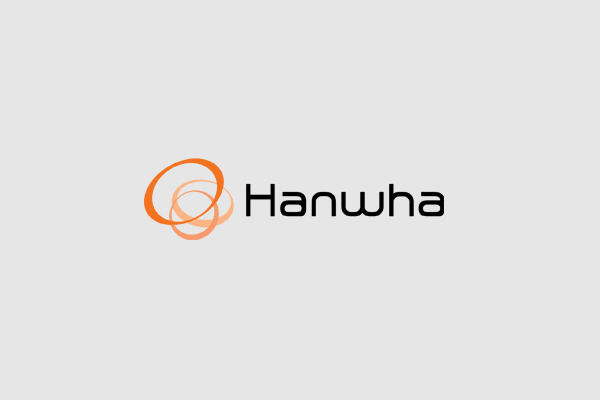SYDNEY, Australia, 13 March, 2019 /PVBUZZ MEDIA/ — Hanwha Q CELLS Australia Pty. Ltd., together with Hanwha Q CELLS & Advanced Materials Corp., a leading photovoltaic manufacturer of high-performance solar cells and modules (collectively, “Hanwha Q CELLS”), today announced that, Hanwha Q CELLS filed patent infringement complaints with the Federal Court of Australia against JinkoSolar and LONGi Solar.
This follows an announcement on 5 March 2019, that Hanwha Q CELLS & Advanced Materials Corp. and Hanwha Q CELLS USA Inc. filed a patent infringement complaint with the U.S. International Trade Commission (“ITC”) and Hanwha Q CELLS & Advanced Materials Corp. filed related patent infringement complaints with the U.S. District Court for the District of Delaware against JinkoSolar, LONGi Solar, and REC Group, and that Hanwha Q CELLS GmbH filed patent infringement complaints with the Regional Court of Düsseldorf against JinkoSolar and REC Group.
The Federal Court complaints allege that JinkoSolar and LONGi Solar are importing and selling solar cells and modules that infringe Hanwha Q CELLS’s Australian patent rights. In particular, the complaints allege that JinkoSolar and LONGi Solar have incorporated Hanwha Q CELLS’ patented passivation technology—which plays an important role in improving the efficiency and performance of solar cells—into their solar cells.
Hanwha Q CELLS began manufacturing Q.ANTUM solar cells using this passivation technology in 2012 and has produced more than 2.5 billion such cells globally. Hanwha Q CELLS seeks an order to stop JinkoSolar and LONGi Solar from importing, marketing, and selling the infringing products in Australia.
Australia is one of the global leaders in the solar energy sector and Hanwha Q CELLS is fully committed to further strengthening this important industry. Hanwha Q CELLS’ innovative technology improves the efficiency and performance of solar cells, making solar energy more accessible and affordable for Australian consumers and businesses.
Hanwha Q CELLS’s presence in Australia goes back to 2009 and it is proud that last year approximately one in 10 panels installed in the country’s residential and commercial segments were made by Hanwha Q CELLS. The legal actions Hanwha Q CELLS is taking will protect its ability to innovate and reinforce its reputation as a leading supplier of high-quality products and a trusted business partner to its customers across Australia.
“Intellectual property laws exist to incentivize innovation and protect innovations from being unfairly used, and we will vigorously defend our technology from infringement,” said Hee Cheul (Charles) Kim, Chief Executive Officer of Hanwha Q CELLS & Advanced Materials Corp. “Our high-quality photovoltaic products have established us as an industry leader, and we are proud of our legacy of innovation. The products supplied by these two companies are using technology that we believe is protected by our Australian patent and we have taken these actions both to protect our property rights and to give the market confidence that research and development initiatives to develop future technologies can continue. We are not prepared to tolerate the unauthorised distribution in Australia of products that incorporate our patented technology.”
The patent claims asserted by Hanwha Q CELLS are not restricted to any particular method of manufacture, such as atomic layer deposition (ALD) or plasma-enhanced chemical deposition (PECVD).
Instead, the asserted claims of Australian patent no. 20083232025 (and its equivalents in the U.S. and Germany) are directed to a solar cell structure with a first dielectric layer including aluminum oxide and a second dielectric layer that contains hydrogen.
The patented technology can be applied in many ways. A solar cell employing what is known as Passivated Emitter Rear Cell (PERC) technology is only one type of solar cells that may use technology covered by Australian patent no. 20083232025 and its global equivalents.














Comments